The LM741 example circuit that comes with LTspice has a relatively low bandwidth (the gain is 3dB down at around 60 KHz).
I wouldn't expect this circuit to act like an actual LM741, but it might be useful for learning about the inner workings of a bipolar opamp (albeit a rather dated design).
Capacitor C1 is used for what is called Miller compensation. It's purpose is to improve the amplifier's stability and prevent oscillation and ringing. It also affects the bandwidth and slew rate of the amplifier.
You can increase the bandwidth and slew rate by lowering the value of C1. Try cutting it down to 1/10th it's value, 3pF. This will reduce the distortion you are seeing. It may make the circuit less stable though.
